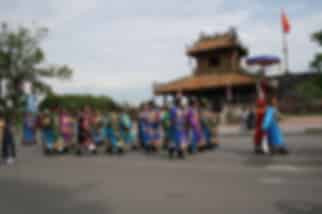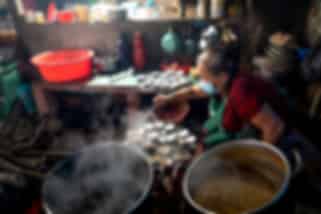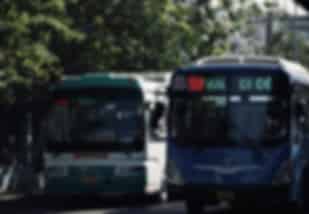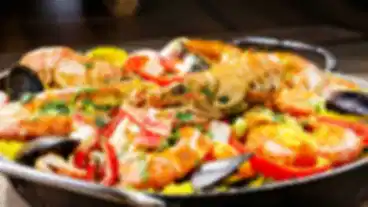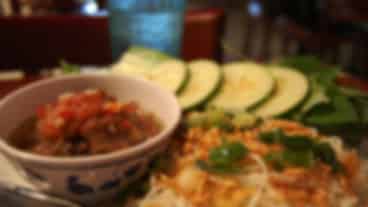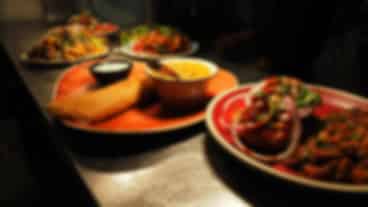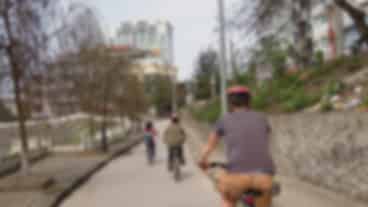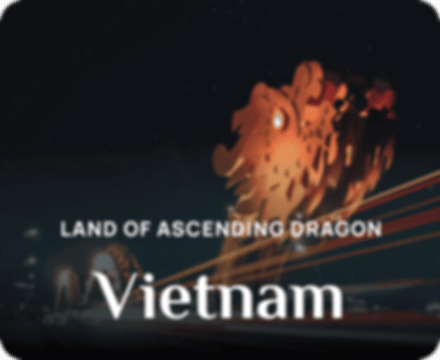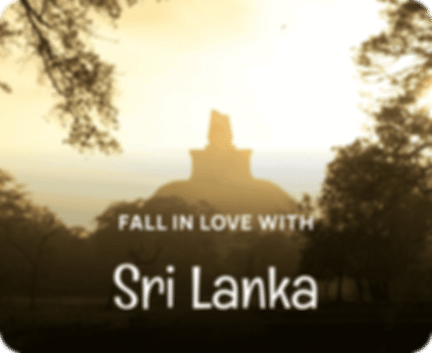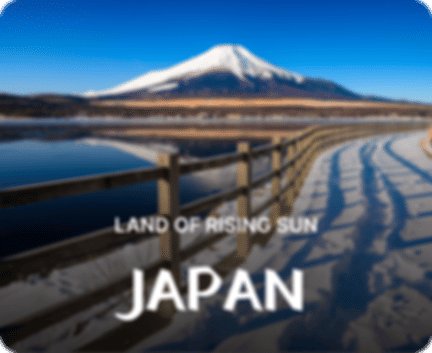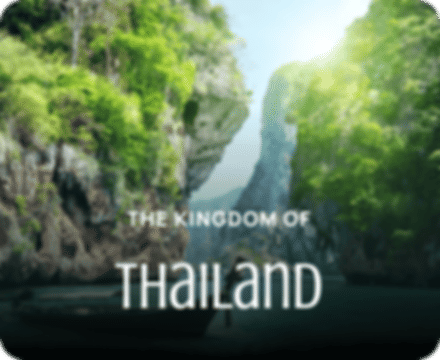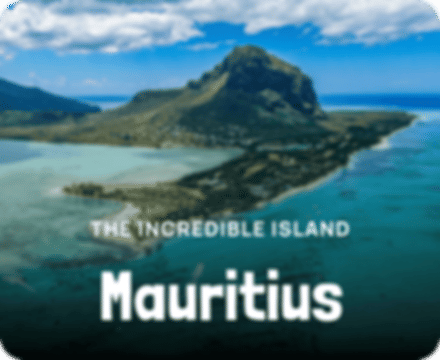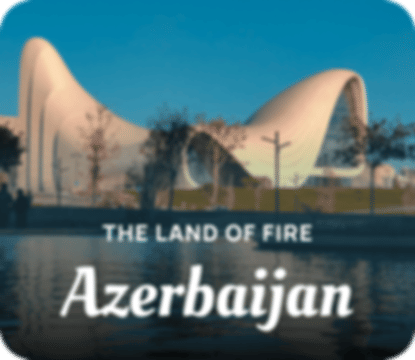Trekking in Sapa: Northern Vietnam’s Mountains – Complete Guide
Author
Arya Singh
Updated Date
October 23, 2025
Read
6 minutes
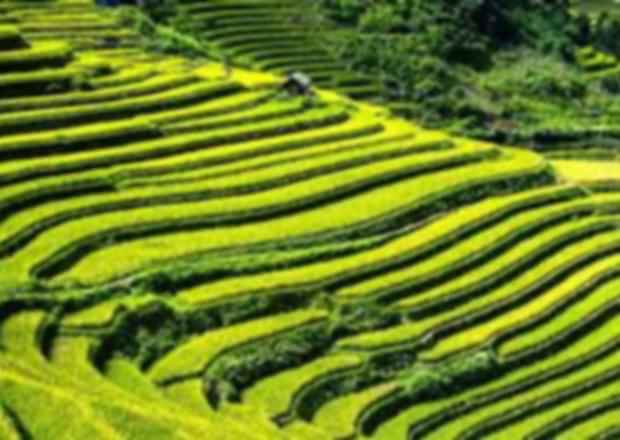
Nestled in the Hoang Lien Son mountain range, Sapa is Northern Vietnam’s ultimate destination for trekking. From leisurely day hikes through the Muong Hoa Valley to challenging multi-day ascents of Mount Fansipan, the “Roof of Indochina”, Sapa offers trails suited for families, culture enthusiasts, and seasoned trekkers alike. This complete guide to trekking in Sapa covers everything you need, from route options and ideal trekking seasons to accommodation tips, safety guidelines, and local etiquette. Whether you’re adding Sapa to your Vietnam tour package or planning a solo mountain escape, this guide helps you experience the region’s natural beauty and cultural richness with confidence.
Best Time to Trek in Sapa: Seasons, Weather & Conditions
Sapa trekking is optimal in spring (March-May) and autumn (September-early December). These months provide dry trails, clear views, and manageable crowds.
Seasonal Overview
| Season | Months | Trail Conditions | Crowds & Views | Tips |
| Winter | Dec-Feb | Cold, foggy, icy on high trails | Sparse | Layer clothing, an insulated jacket, gloves, thermal hat |
| Spring | Mar-May | Light air, moderate temperatures, green hills | Moderate | Reserve guides and accommodation early |
| Monsoon | Jun-Aug | Heavy rains, slippery trails, and possible landslides | Low | Focus on the valley; hikes, waterproof gear is essential |
| Autumn | Sep-Nov | Clear skies, crisp air, golden terraces | High | Ideal for photography, book tours early |
Weather Practical Tips:
- Expect rain in summer, cold in winter, and foggy conditions for the rest of the year.
- Always carry waterproofs, insulated layers, and sturdy trekking boots.
- Buffer your schedule for weather-related delays, especially for Fansipan summit attempts.
How to Reach Sapa: Smart Logistics
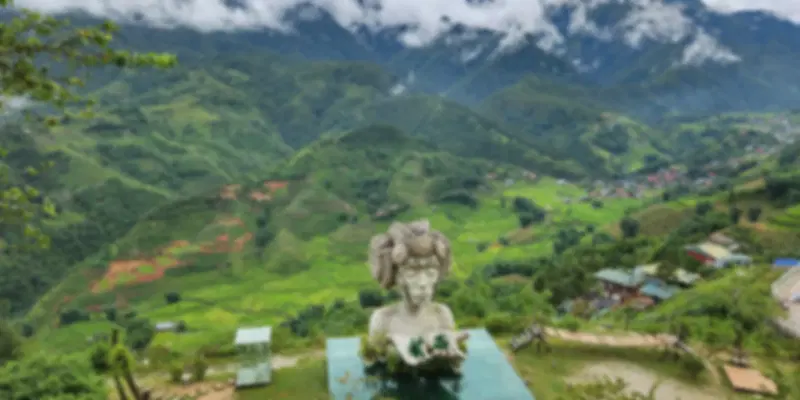
Main Entry Routes
- Overnight Train: Hanoi → Lao Cai
- Duration: ~8 hours
- Arrives at dawn; book in advance
- Keep printed or digital confirmation handy
- Lao Cai → Sapa Shuttles
- Shared or private, ~1-hour drive
- Confirm schedule with backup contacts
- Daytime Buses & Private Cars
- Direct travel from Hanoi
- Longer journey, but flexible and comfortable
Arrival Essentials
- Book transfers early, especially in high season.
- Carry cash in VND, as villages may not accept cards.
- Consider buying a local SIM in Hanoi for coverage; signals may be weak in the mountains.
- Travel light; store main luggage at hotels if needed.
Permits & National Park Requirements
- Check if your route requires permits in Hoang Lien Son National Park.
- Guides often handle these logistics.
Sapa Trekking: Routes, Contrasts & Sample Itineraries
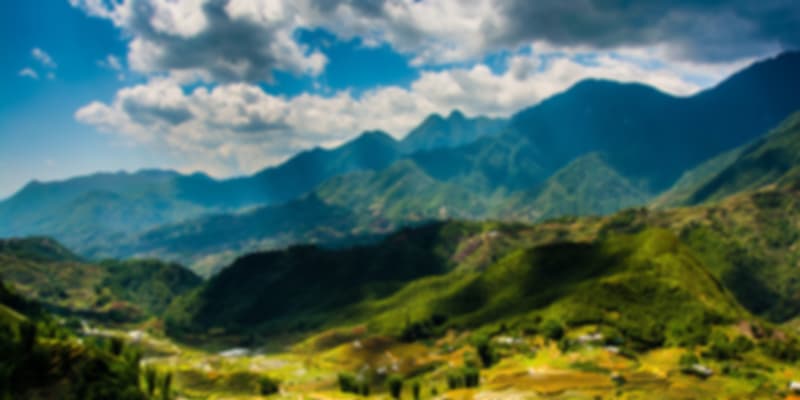
Sapa Vietnam Farm trekking
| Trail | Distance & Time | Difficulty | Highlights |
| Muong Hoa Valley | 10-12 km loop | Moderate | Terraced rice fields, local villages |
| Cat Cat + Silver Waterfall | 2-3 hours | Easy | Waterfall, cultural village, family-friendly |
| Ta Phin / Giang Ta Chai | Half to full day | Moderate-Hard | Steeper trails, minority villages |
| Fansipan Summit | 2-5 days on foot (or 15-minute cable car) | Strenuous | The highest peak in Indochina requires a guide |
Who Benefits From Each Trail
- Families & Day Hikers: Cat Cat or Muong Hoa loops; safe and scenic
- Cultural / Ambitious Trekkers: Lao Chai → Ta Van homestays; immersive village experience
- Experienced Trekkers: Fansipan and multi-village circuits; require stamina, planning, and trail negotiation
Trekking in Sapa: Planning & Tactical Notes
- Night trains (~21:00) arrive at Lao Cai at dawn; schedule shuttles accordingly.
- Curated packages (e.g., Pickyourtrail) handle guides, homestays, and transfers.
- Offline navigation: ask for GPX files, elevation charts, and printed maps.
- Pace: slow and steady; allow time for weather delays and photography.
What to Pack for Trekking in Sapa
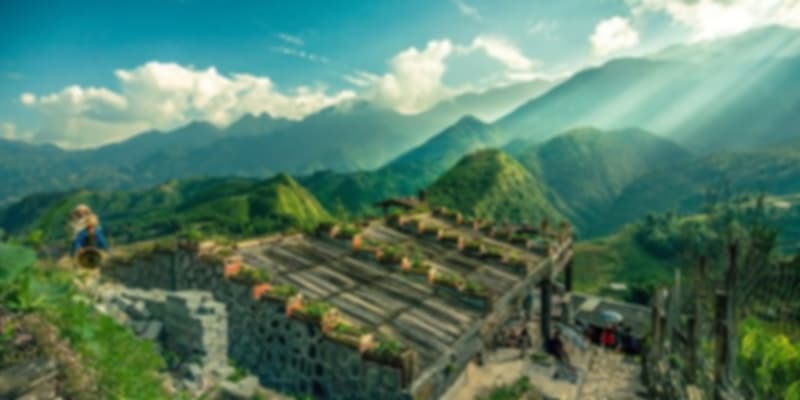
Essential Gear Checklist
- Layered clothing (base, mid, waterproof outer)
- Broken-in trekking boots, gaiters, quick-dry socks
- Thermal hat, gloves, lightweight insulated jacket
- Headlamp, spare batteries, basic first-aid kit
- Water bottle/bladder, optional water treatment
- Rain cover for daypack, dry bags for electronics
- High-calorie snacks, basic toiletries
Specialised Gear By Route
- Valleys: trekking poles optional
- Fansipan / icy conditions: traction aids and full winter gear
- Always carry maps/GPX files
Fitness & Strategy
- 4-8 weeks of aerobic exercise and leg training are recommended
- Pace yourself; stamina over speed
- Altitude awareness: monitor for headache, nausea, light-headedness
Sapa Accommodation & Costs

| Type | Experience | Cost |
| Homestay | Cultural immersion, shared facilities | ~₹830/night |
| Budget Hotel | Basic comfort, private rooms | ~₹1,245–2,075/night |
| Mid-Range Hotel | Hot water, breakfast, Wi-Fi | ~₹2,075–4,150/night |
Guides & Tours
- Day guides suffice for valley hikes
- Multi-day or Fansipan treks: private guide + porter recommended
- Packages (e.g., Hanoi + Sapa, 3-6 days) start around ₹18,260
- Verify language skills, itinerary, insurance, and emergency support
Sapa Trekking Safety, Etiquette & Local Customs
Safety Tips
- Recognise altitude symptoms: headache, nausea, fatigue; prioritise descent
- Rain can make trails slippery; use trekking poles
- Carry a charged phone; memorise local emergency numbers:
- Police: 113
- Fire/Medical: 114 & 115
- General: 112
- Travel insurance must cover mountain rescue
Etiquette
- Ask permission before photographing locals
- Small gifts (school supplies, packaged snacks) are better than cash
- Respect meals, sleeping arrangements, and sacred sites
- Modesty is valued in family and religious contexts
Vietnam Tour Package @ ₹ 36,199
Conclusion: How is Trekking in Sapa
Trekking in Sapa brings together adventure, culture, and stunning vistas. Whether the Muong Hoa Valley or Fansipan’s highest peak are your destination, careful preparation, right equipment, and deference to locals will transform the trek into an experience of a lifetime.
With this, you are ready to:
- Designate the best path based on your fitness and preferences
- Efficiently pack the equipment for safety and comfort
- Honour local traditions and interact deeply with the people
- Handle logistics with assurance
Hike in an accountable manner, take pictures, and get completely lost in the alluring mountainous region of northern Vietnam.
Frequently Asked Questions (FAQs)
Is it necessary to have a guide?
Absolutely, for Fansipan and multiple-day hikes. Having a guide for the main valley circuits is optional but highly suggested, especially if you have no local knowledge.
How fit do I have to be?
Valley treks are moderate, easy for almost all visitors. Fansipan and multi-day hikes are tough and demand good endurance as well as training.
Should I go with cash or use my card?
In villages and homestays, cash is the preferred currency. Cards are accepted only in Sapa town and large hotels, mostly.
Is it possible to reach the summit of Fansipan without taking the cable car?
Yes, but this is only possible if you are very fit and you are guided by an experienced professional. The summit requires serious planning as well as physical preparation.
What is the climate like?
The rainy season causes a lot of rain, and trails become very slippery. Winter is cold and foggy. So, always wear layers and be ready for weather changes.
Should I go for a curated trip or plan my trip independently?
Curated trips give you support, logistics, and no surprises; they are great for first-time trekkers. Self-planning is an option for seasoned trekkers who are going to the easier routes.
How long is a day of hiking on average?
2-4 hours in valley circuits such as Cat Cat or Muong Hoa. Multi-day treks, including Fansipan or extended village circuits, take 2-5 days based on the route.
Recommended articles for you
Discover Packages


Need help in planning?
Talk to our Travel Experts


